As the days get shorter and temperatures begin to drop, preparing your home for the cold weather that Autumn and Winter can bring is extremely important. But where do you start? From simple maintenance tasks to bigger upgrades, there are many steps you can take to make your home Winter-ready.
At Refresh NI, we specialise in delivering high-quality professional services that enhance the energy efficiency of homes throughout Northern Ireland. Here are 10 practical ways to prepare your home for colder weather – including some solutions we can help with and some that you can easily implement yourself.
Ways To Prepare Your Home For Cold Weather
1 – Service Your Boiler
Your boiler works hardest during the Winter months, so a service before the cold hits ensures it runs safely and efficiently when you need it most. Have your boiler serviced before the cold weather hits to avoid a breakdown at a bad time. Annual servicing can help prevent costly breakdowns and even extend the life of your heating system.
Refresh NI Boiler Servicing
2 – Upgrade Your Insulation
Poor insulation is one of the most common and most substantial causes of heat loss in the home. Installing loft insulation or cavity wall insulation in your home helps it to retain warmth, improves comfort, and can also lead to reduced energy bills.
If you already have older loft or cavity wall insulation in your home, you may also benefit from updating your insulation measures. Generally, you do not need to replace cavity wall insulation; however, loft insulation can lose its effectiveness as it ages and may need to be replaced to ensure it is still fully functioning. According to the Energy Saving Trust, if your current insulation is about 120 mm thick, increasing it to the minimum recommendation for new builds, 270 mm, could save you £25 per year on your energy bills.
Grant funding is available for loft and cavity wall insulation as part of the Northern Ireland Sustainable Energy Programme (NISEP).
Fully funded and cashback schemes are available to eligible homeowners in Northern Ireland. Learn more and apply today by following the link below.
3 – Bleed & Balance Your Radiators
Bleeding and balancing your radiators is an easy and effective way to prepare for cold weather. You will know that a radiator needs to be bled if it has cold spots, especially near the top; if it makes a hissing or gurgling sound when the heating is on, or if it is taking longer to heat up.
According to Ideal Heating, cold spots in radiators can mean trapped air or a buildup of sludge, which makes your system work less efficiently. Bleeding radiators and balancing your heating system ensures even warmth throughout your home.
Image via @Ri / Pixabay
4 – Consider A Boiler Replacement
If you take good care of it, a well-maintained boiler can last over 15 years. However, it’s important to be aware of signs that your home heating system may not be functioning properly. Look out for signs that your boiler may need replacing, such as:
- Radiators are taking longer than usual to heat up.
- There appears to be a leak in the boiler.
- The boiler is emitting new, continuous, and unfamiliar sounds.
- A foul odour is coming from the boiler.
- Energy bills are steadily increasing
If you notice any of these signs, your boiler may be costing you more than it should in fuel and repairs. A modern, energy-efficient replacement could lower your bills and provide more reliable heating for spells of cold weather.
5 – Seal Draughts Around Windows & Doors
Gaps let warm air escape and let cold air sneak in, making your heating work harder. A great way to prepare for cold weather is sealing draughts – and the good news is, the vast majority of people can do simple draught-proofing at home by themselves. Sealing draughts is generally considered an affordable and straightforward DIY task. You can use draught excluders or materials like foam strips, weatherstripping, caulk or sealant, though professional help may be needed for complex gaps or older properties. You can find out more about DIY draught-proofing from the Centre For Sustainable Energy.
6 – Clear Gutters & Check Roofs
Colder weather is often accompanied by rain, which we’re very familiar with in Northern Ireland. As the seasons change, fallen leaves and debris can block gutters, causing the rainwater to overflow and damage your roof or walls. Be prepared by cleaning your gutters, and be sure to check for any loose tiles before Winter storms arrive.
Image via 123switch/ Pixabay
7 – Protect Pipes From Freezing
When the weather gets really cold, pipes that are not properly insulated can burst and cause major water damage. You can prepare for this by insulating pipes in unheated areas such as lofts, garages, and crawl spaces with simple foam lagging.
8 – Install A Smart Thermostat
Heating bills can skyrocket when the weather starts to become colder, but installing a smart thermostat can be a brilliant way to cut costs by allowing you to control your heating more efficiently, reducing waste and saving money.
Smart thermostats can help you create tailored heating schedules that fit your day to day life, and can even pre-heat your home from anywhere via a smartphone app.
9 – Improve Ventilation
During the colder months, our first instinct is to close the curtains, put the heating on, and keep as much heat in as possible; however, when not properly ventilated, insulating and sealing a home can trap moist air, leading to condensation and dampness issues.
According to GOV.UK’s Existing Home Ventilation Guide, regular household activities like cooking, showering, washing dishes or clothes, and just breathing can generate a lot of moisture and condensation inside the home. The condensation could eventually cause mould growth, which can damage your health and your home. Proper ventilation prevents mould growth while still keeping your home warm.
Taking precautions like running extractor fans in your kitchen and bathroom, using your trickle vents on windows, keeping doors open between rooms and drying your clothes outside are great ways to reduce the amount of moisture collecting in your home, improving ventilation and keeping your home healthy during colder weather.
Image via Bruno/ Pixabay
10 – Test Your Carbon Monoxide & Smoke Alarms
In colder weather, we tend to spend more time indoors, using heating systems like boilers and fireplaces more often. If these appliances are poorly maintained, the risk of CO poisoning and fires increases.
According to Johns Hopkins Medicine, most CO exposures happen in the Winter in cold climates. With homes sealed up tight to keep the heat in, there’s less ventilation, which means CO can build up more easily, while the use of heating appliances, candles, and fireplaces in cold weather increases the risk of fires. Faulty alarms cannot protect against the dangers of fire and CO poisoning, so testing both carbon monoxide and smoke alarms is essential.
Get Cold Weather Ready
Preparing your home for cold weather will not only improve your comfort but can also help you to save money and improve the safety and efficiency of your home. Use the tips above to start preparing your home for cold weather, and be sure to contact us to organise boiler servicing or enquire about boiler replacement or loft and cavity wall insulation installation.
Frequently Asked Questions (FAQ’s)
What temperature should a house be set to in Winter?
According to the Energy Saving Trust, the ideal temperature of a home in winter is between 18°C and 21°C. These temperatures are comfortable for most people, and simply turning down your thermostat from 22°C to 21°C can save £100 a year on energy bills in Northern Ireland.
What are the signs of a poorly insulated house?
There are a number of clear signs that a house is poorly insulated which can easily arise when the weather starts to get colder. High energy bills, cold draughts, uneven temperatures throughout rooms, condensation and damp, walls, ceilings, or floors feeling cold, roof issues and hearing a lot of outdoor sounds indoors can all be signs of poor insulation.
How often should I service my boiler?
You should get your boiler serviced once a year to ensure it runs safely and efficiently during spells of cold weather. An annual boiler service can also help to identify small issues before they turn into big breakdowns.

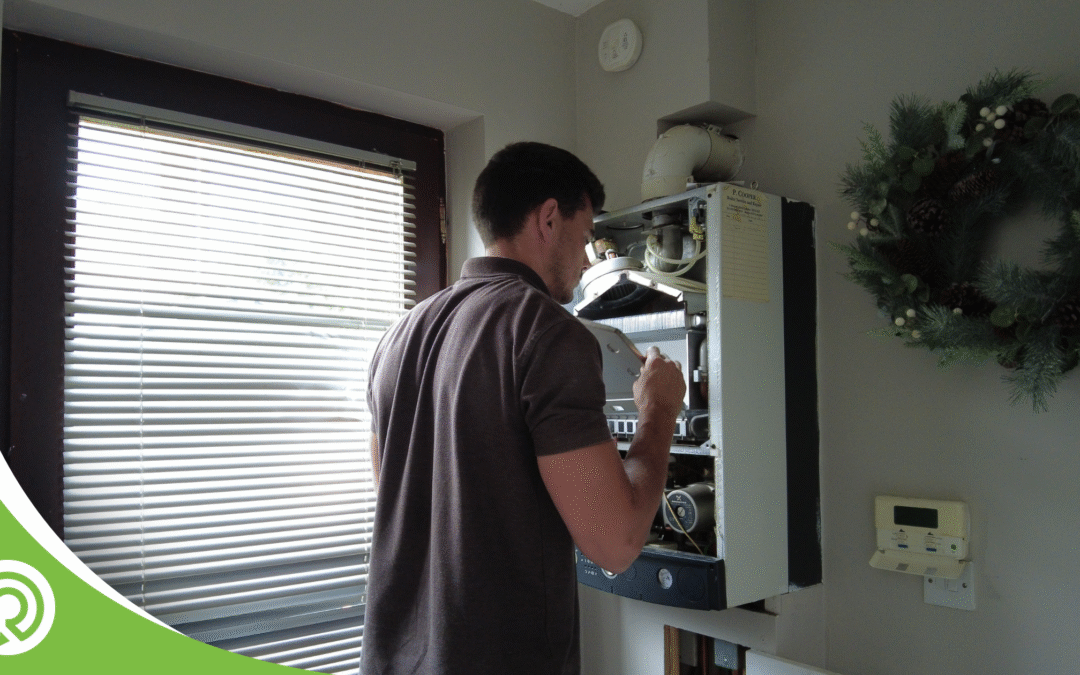
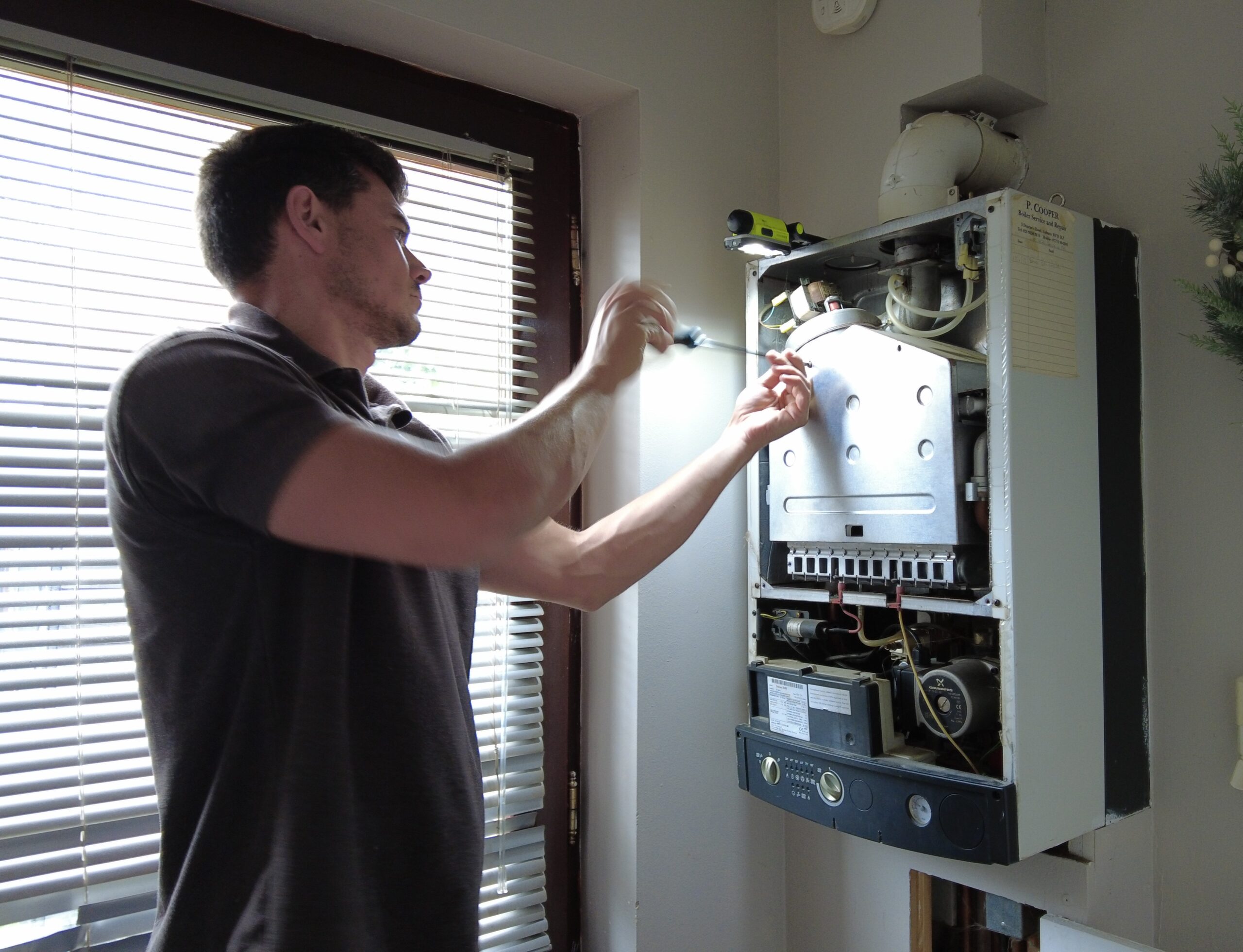
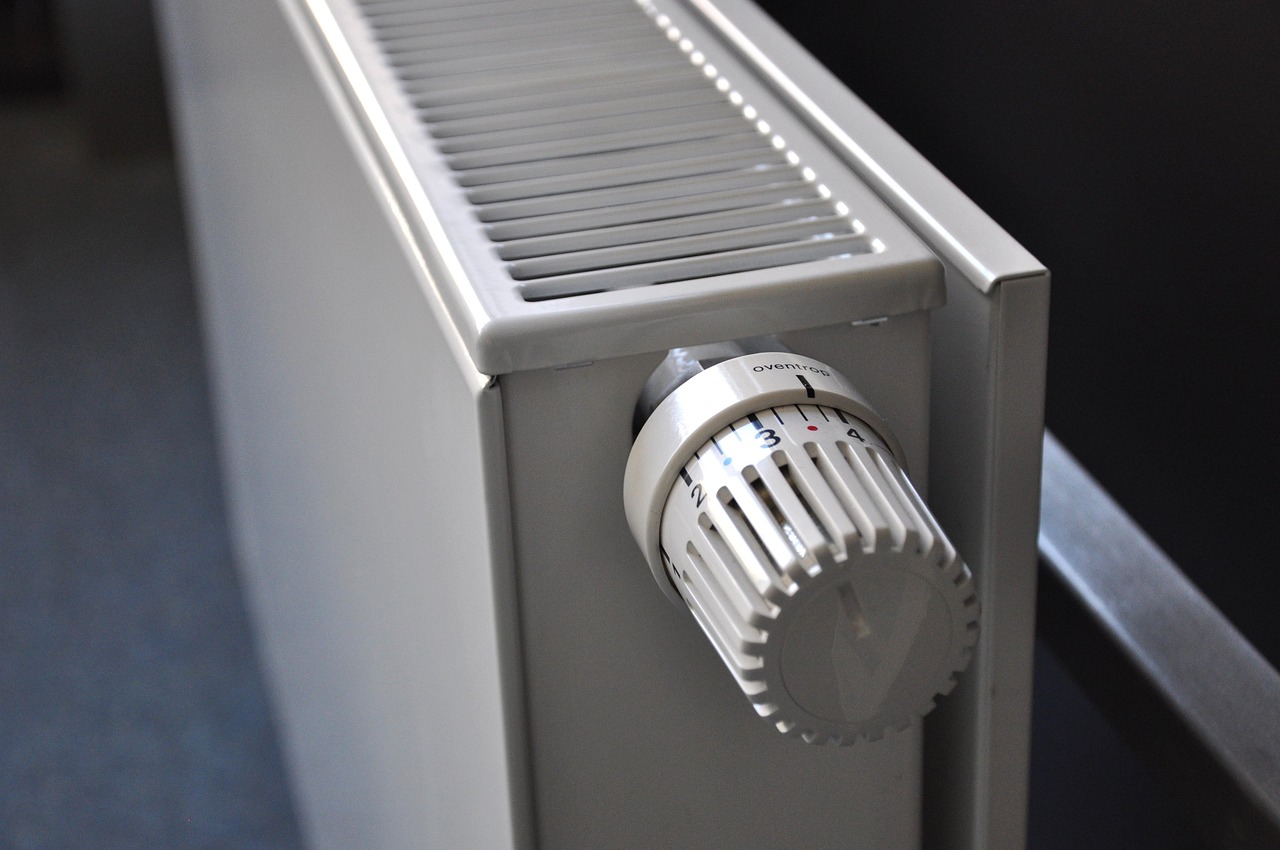
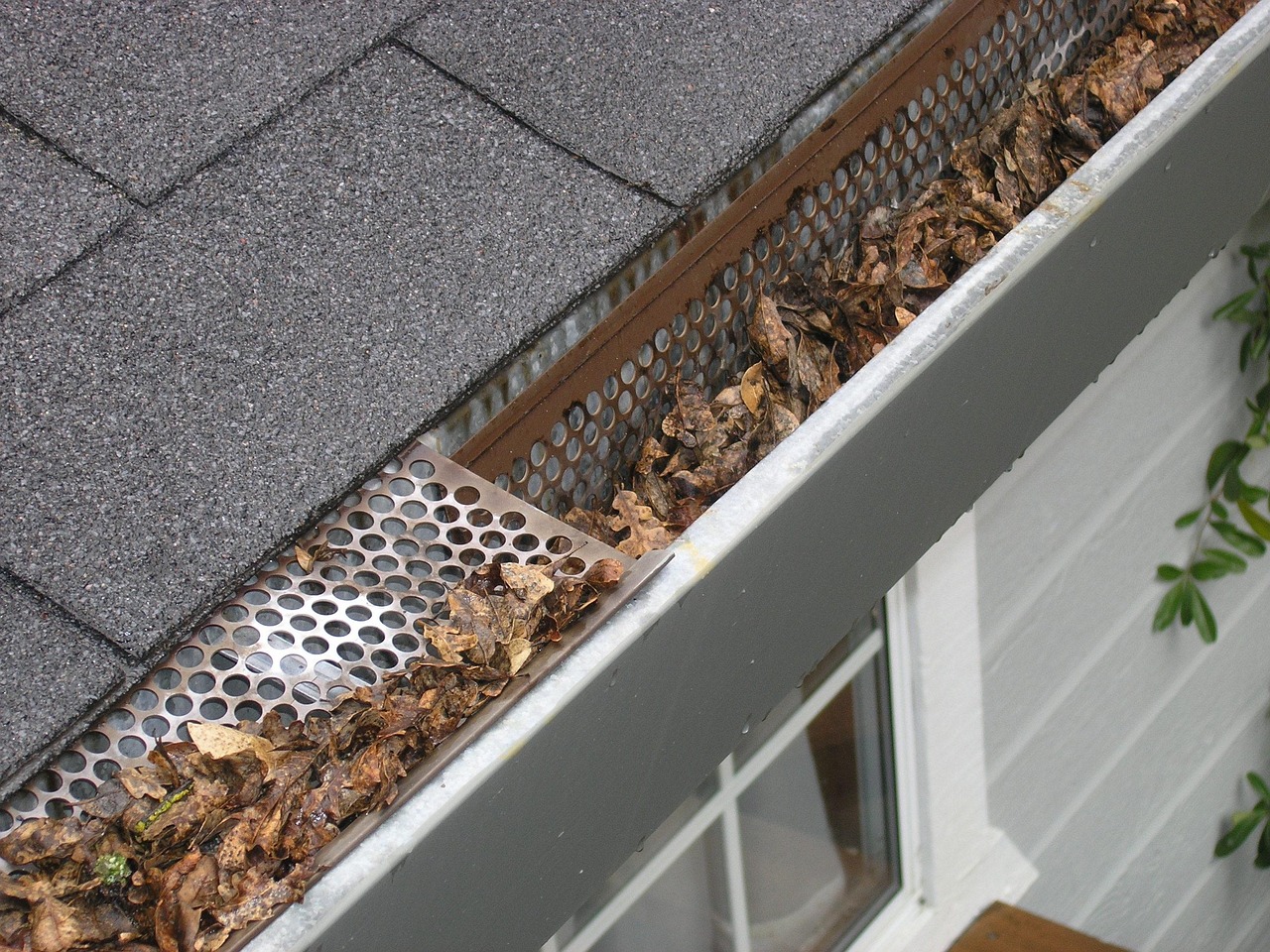
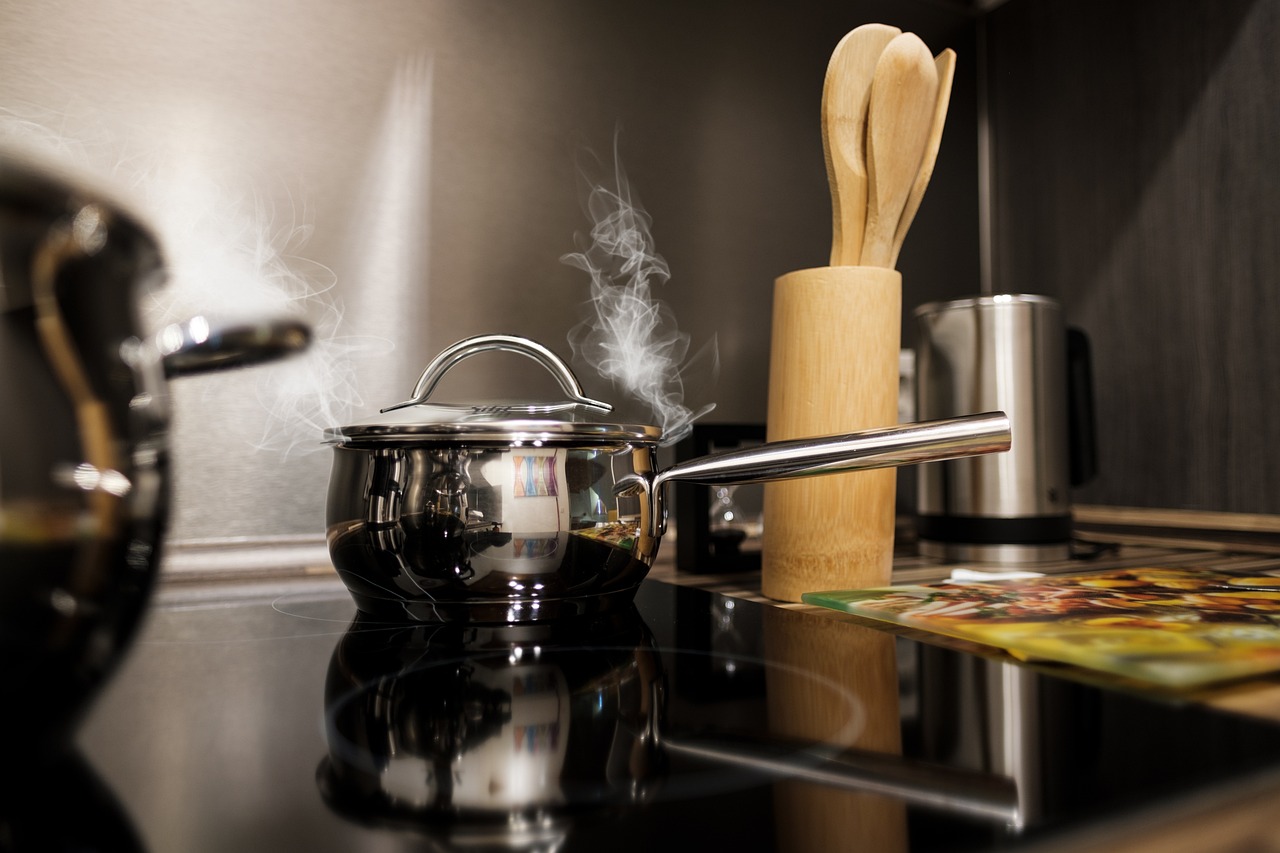
Recent Comments